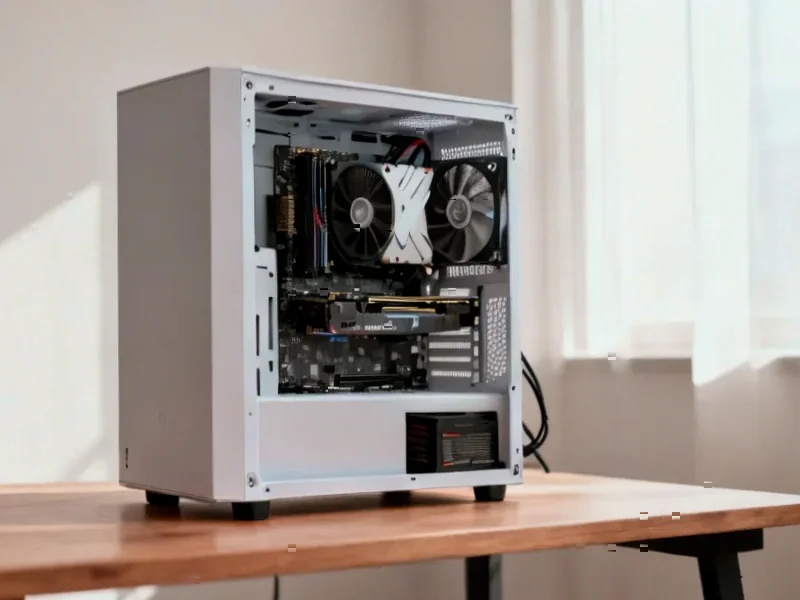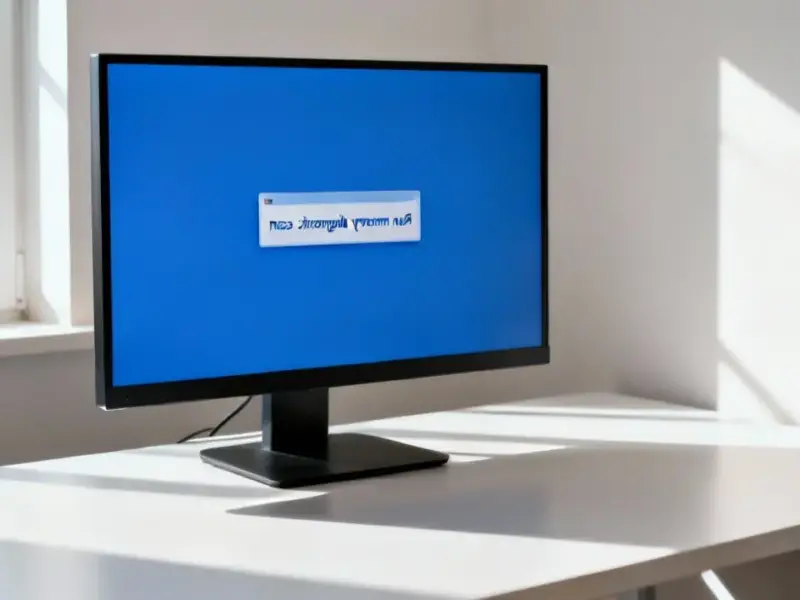According to The Verge, AMD faced significant backlash from its gaming community after initially announcing that future driver updates with game optimizations would focus primarily on RDNA 3 and RDNA 4 GPUs. The controversy began on October 30th when AMD stated that driver optimizations would target newer architectures, followed by a clarification on October 31st mentioning “maintenance mode” for older cards. After a wave of community anger, AMD reversed course today, confirming that game optimization and support for all RDNA Series 1 through 4 GPUs will roll out simultaneously in both driver packages, specifically mentioning support for upcoming titles including Call of Duty, Crimson Desert, and Resident Evil. This rapid policy reversal within days demonstrates the significant influence gaming communities wield over hardware manufacturers.
The Business Reality Behind Driver Support
AMD’s initial decision to prioritize newer architectures wasn’t surprising from a business perspective. Supporting older hardware requires significant engineering resources that could otherwise be allocated to improving performance on current-generation products. As industry analysis indicates, driver development represents a substantial ongoing investment for GPU manufacturers, with each new game release potentially requiring custom optimizations. The company likely calculated that focusing resources on RDNA 3 and upcoming RDNA 4 architectures would provide better return on investment, especially given the competitive pressure from NVIDIA’s continued dominance in the discrete GPU market.
The Strategic Value of Gaming Community Loyalty
What AMD underestimated was the strategic importance of its gaming community’s perception. Gamers represent one of the most vocal and influential customer segments in technology, with their opinions carrying significant weight in purchasing decisions. As community reactions demonstrated, the initial announcement created immediate backlash that threatened AMD’s carefully cultivated reputation as the consumer-friendly alternative to NVIDIA. The gaming community’s collective memory is long, and perceptions of planned obsolescence or premature abandonment can damage brand loyalty for years. This is particularly critical for AMD as it continues to battle NVIDIA’s market share dominance.
Market Position and Long-Term Strategy
AMD’s reversal reflects the company’s broader strategic positioning in the GPU market. Unlike NVIDIA, which commands premium pricing and market leadership, AMD has historically competed on value and customer-friendly policies. Abandoning driver support for hardware that’s only a few generations old would undermine this positioning and potentially drive customers toward competitors. The timing is also significant—with recent driver issues already causing concern, AMD couldn’t afford another controversy that might push users toward NVIDIA’s more established driver ecosystem. Maintaining support across multiple generations helps justify AMD’s value proposition, especially for budget-conscious gamers who keep hardware longer.
The Real Cost of Customer Alienation
The financial implications extend far beyond driver development costs. Gaming communities influence millions in hardware purchases through recommendations, reviews, and social media influence. A single negative perception cascade can impact sales across an entire product lineup. AMD’s quick reversal suggests the company recognized that the potential revenue loss from alienated customers outweighed the engineering savings from reduced driver support. Furthermore, with the GPU market becoming increasingly competitive and upcoming major game releases driving hardware upgrades, maintaining positive community sentiment is essential for capturing upgrade cycles. The episode serves as a reminder that in the gaming hardware business, community relations directly impact the bottom line.




